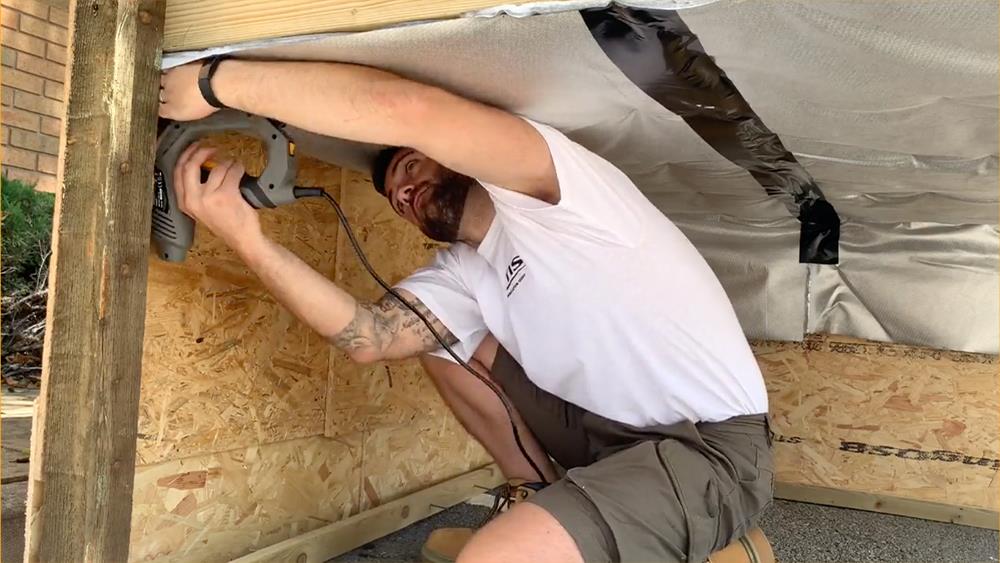Insulating floors helps protect customers’ wallets

Thomas Wiedmer, Actis UK Technical Director, argues that floor insulation should be part of homeowners’ arsenal to protect themselves from energy price rises.
With more than 25% of the UK’s housing stock more than a century old, and the bulk of that thermally inadequate, insulating leaky buildings could help make a big dent in the nation’s overall energy use.
While I recommend looking at the thermal efficiency of the house in its entirety, rather than focusing merely on the floor, as recommended under retrofitting standard PAS 2035:2019, it is undeniable that floors should be part of the wider fabric improvement focus.
In fact, floor insulation alone can offer savings of around £110 a year for gas users, and around £400 a year for those whose homes are heated by electricity. This is on top of savings created by insulating the rest of the home.
As an example, uninsulated suspended timber floors are relatively thermally efficient, compared with their wall or roof equivalent, whose exposure to the elements increases the chill factor. The U-value of such a floor is around 0.7W/m2K, compared with 1.5/m2K or even 2.0/m2K in a wall or roof, thanks to the insulating properties of both the soil below and the air gap between the ground and the floorboards.
That U-value can be improved by around 75%, to perhaps 0.25/m2K, with the addition of an insulation layer, such as Actis’ insulating breather membrane Boost R Hybrid, for example, which reduces thermal bridging by providing a continuous ‘blanket.’ It has the added benefit of making the floor airtight.
Guideline costs, based on a gas price cap of 7.37p kWh, show that, while the heat loss from an uninsulated floor would consume around £140 per year, its insulated equivalent would use approximately £50; saving around £110 a year.
Savings if the house were heated by electricity would climb to around £400 a year. Payback on material and labour costs would be around six years for a gas user, and less than two years for a home heated electrically.
However, the retrofitting standard PAS 2035:2019 champions a matrix approach in which each individual measure is examined in the context of the whole house. This is because one action might have unintended consequences elsewhere in the property – such as the appearance of moisture or condensation.
The joint between the ceiling joists and the walls, in some cases, can become a weak thermal bridge. This might lead to moisture build-up and mould growth. Counterintuitively, it may therefore be better to use less, rather than more, insulation. Thermal coherence is key.
PAS 2035 acknowledges that retrofit projects often go wrong because of poor attention to the corners, junctions and edges of building elements (where insulation and air barriers should be continuous) and the interfaces between the building fabric, the building services and the occupants.
The matrix approach will also highlight, for example, the possible need for a revised ventilation strategy when an airtight envelope is created, to avoid problems with condensation and mould.
A retrofit co-ordinator – an essential requirement for all government-supported refurbishment projects including those under the Energy Company Obligation ECO – can help here. These specialist project managers can also be appointed for homes being retrofitted on a voluntary basis.
All these considerations are great arguments for merchants to deploy when talking to customers, and offer an opportunity to up-sell, while at the same time helping customers reduce their bills in the long run.
Source: https://www.buildersmerchantsnews.co.uk/Insulating-floors-helps-protect-customers-wallets/52693

Mohammed Brennan is a British author, freelance writer, and journalist based in Leicester, England. He has contributed articles and columns to local publications, including The Leicester Mercury, covering arts, culture, and various other topics.





